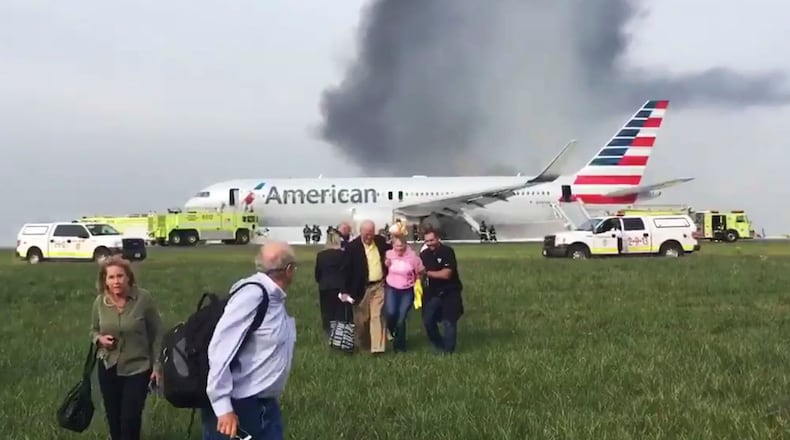The Federal Aviation Administration plans to conduct airplane evacuation tests this November to determine the minimum seat space needed for safety purposes.
The move comes after Congress passed the SEAT Act, also known as the Seat Egress in Air Travel Act, as part of the 2018 FAA Reauthorization.
It directs the FAA to issue regulations to establish minimum seat size and distance between rows for safety.
At issue is whether all passengers can evacuate a plane within the federally mandated 90-second standard given the space allowed by airplane seating.
FAA deputy administrator Daniel Elwell said at a Congressional hearing Thursday that the agency will do 12 days of evacuation testing with 720 people.
He said the agency would later this year establish the seat space needed based on safety.
"Americans are getting bigger, so seat size is important, but it's gotta be looked at in the context of safety," Elwell said. "We need to do testing on evacuation. We're going to do live testing."
He said the tests would be done with “a good demographic sampling.”
The FAA said the evacuation testing will be done at its Civil Aerospace Medical Institute in Oklahoma to determine “what, if any, regulatory changes are necessary to implement the requirement.”
Lori Bassani, president of the Association of Professional Flight Attendants, said in in a statement Friday said the evacuation of a smoke-filled plane at Chicago O’Hare in 2016 raised questions about whether seat space on planes allows aircraft to be evacuated quickly “in an emergency situation where every second counts” -- and whether passengers have enough space to get into the brace position for an emergency landing.
"We're seeing that passengers are older, larger, and in many cases have less mobility. This means they're already having difficult times getting into the aisle or getting into their seats," said Bassani, whose union represents American flight attendants. "When you combine these factors with reduced seat pitch and size, we believe a comprehensive review of evacuation procedures is overdue.”
About the Author
The Latest
Featured



